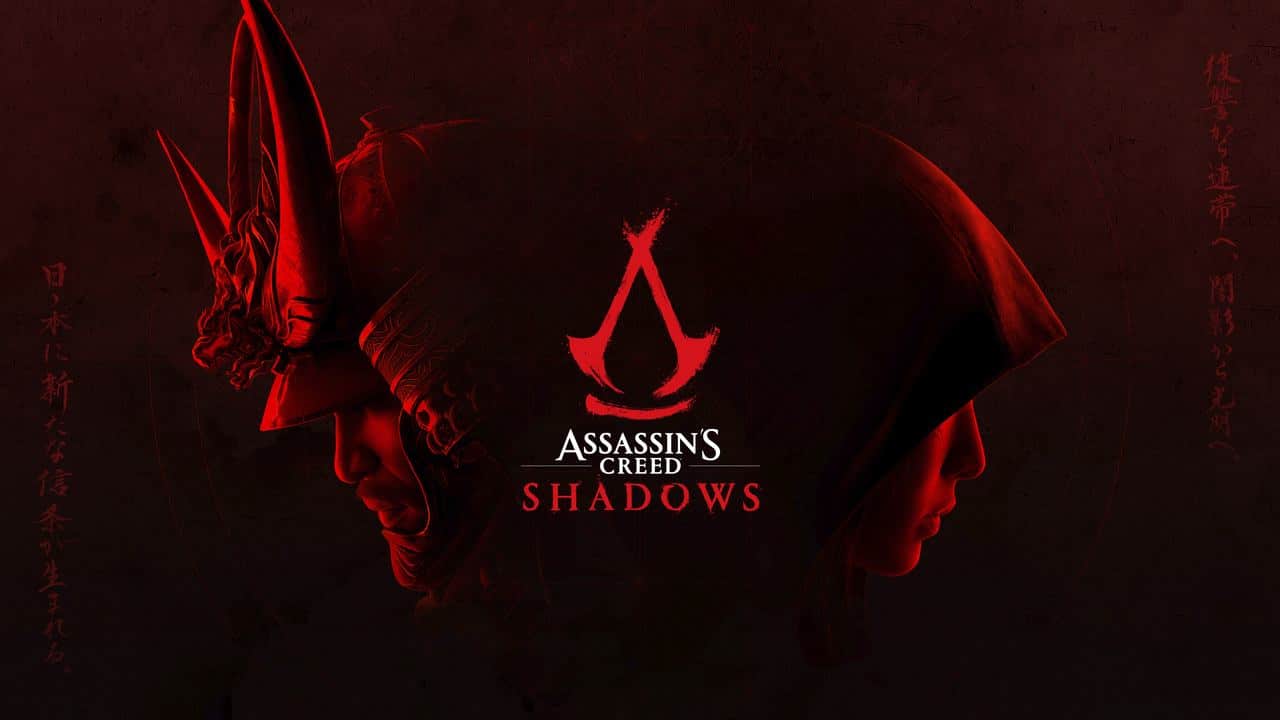
Assassin’s Creed Shadows finally brings the series to Feudal Japan, a setting fans have wanted for years. Set during the late Sengoku period, the game follows Naoe, a shinobi assassin, and Yasuke, a samurai warrior, as they navigate a world of war, shifting alliances, and political struggles. The dual-protagonist system lets you approach missions with either stealth or full-on combat, offering two distinct ways to play.
Like recent Assassin’s Creed games, Shadows leans into open-world RPG mechanics but tries to keep a balance between stealth, exploration, and action. Missions give you more freedom, the world reacts to time and weather changes, and stealth has been refined for a more tactical feel. But does it all come together, or does the RPG combat take over? Let’s break it down.
War, Betrayal, and the Fight for Japan’s Future
Assassin’s Creed Shadows takes you to Japan in 1579, during the late Sengoku period—a time of war, shifting alliances, and political turmoil. You follow Naoe, a shinobi assassin, and Yasuke, a samurai warrior, as they fight their way through the chaos. At first, their goals seem worlds apart, but as the story unfolds, their paths cross in unexpected ways.
Naoe’s story revolves around stealth and espionage, where deception proves just as deadly as a blade. Yasuke, on the other hand, takes a more direct approach, facing rival clans and brutal combat head-on. Their contrasting styles offer two perspectives—one in the shadows, the other on the battlefield.
The setting feels authentic, with betrayals, shifting allegiances, and historical figures shaping the world around you. But while the time period is well realized, Naoe and Yasuke themselves don’t always stand out. Their personalities feel restrained, missing some of the big moments that made past Assassin’s Creed protagonists so memorable. The story lays a strong foundation, but it never quite reaches that level where you feel fully invested in their journey.
That said, Assassin’s Creed Shadows still delivers a world full of danger, secrecy, and power struggles. Whether you’re sneaking through enemy territory as Naoe or cutting through opponents as Yasuke, the story gives you enough to stay engaged—especially if you’re a fan of the time period.
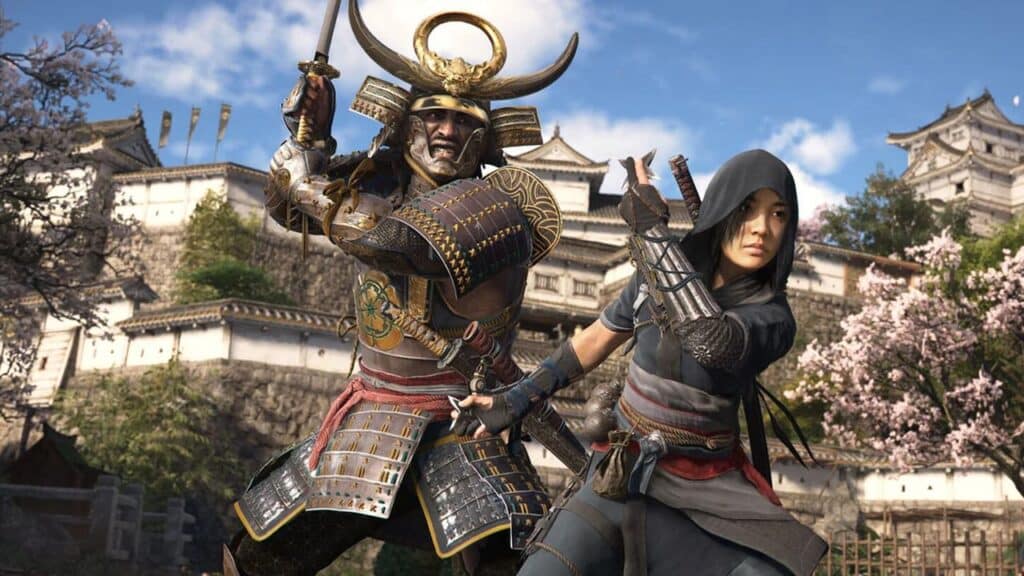
Stealth, Combat, and the Art of Assassination
At its core, Assassin’s Creed Shadows builds on the series’ open-world RPG foundation, refining both stealth and combat while introducing a dual-protagonist system that changes how missions play out. Naoe and Yasuke bring distinct playstyles, allowing you to switch between stealthy assassinations and full-on battlefield brawls. The game encourages player choice, but not every system feels equally balanced.
Stealth Rewards Patience and Strategy
Naoe embodies the classic assassin fantasy, making full use of parkour, gadgets, and deception. She can sneak through tight spaces, hide in tall grass, extinguish lights to create darkness, and use kunai and smoke bombs to control encounters. A new visibility system makes stealth feel more tactical—guards notice movement, investigate noise, and react to environmental changes. On higher difficulties, stealth becomes a real challenge, forcing you to think ahead instead of brute-forcing your way through missions.
One mission had me infiltrating a warlord’s compound at night, where every corner was patrolled by armored samurai. I stuck to the rooftops, but guards started noticing me faster than expected. The grappling hook let me escape when I was spotted, but I learned the hard way that running wasn’t always an option. After resetting my approach, I took out a few lanterns to darken the area, then slipped through an open window undetected. That moment—adapting to the environment instead of relying on map markers—showed how much the stealth systems have evolved.
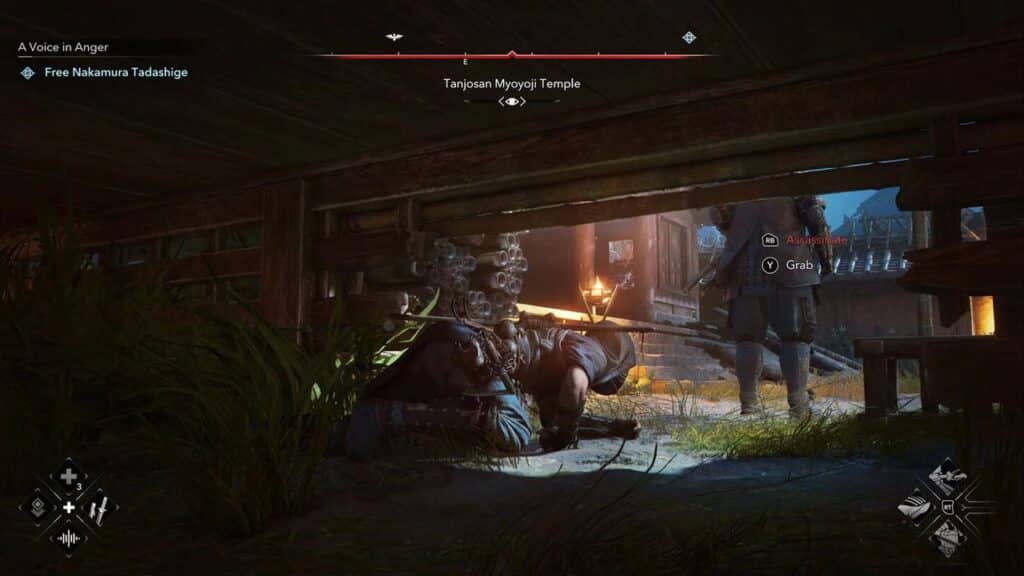
Brutal Combat, but Yasuke Feels Overpowered
Switching to Yasuke, combat takes a completely different turn. Unlike Naoe, who relies on speed and precision, Yasuke is built for raw strength and overpowering enemies. He can break through armored opponents, absorb heavy hits, and send enemies flying with powerful strikes. The combat system is still animation-heavy, but weapon timing and defensive counters make fights feel tactical rather than button-mashy.
That said, Yasuke feels overpowered, especially in regular fights. In one encounter, I took on five enemies at once—barely taking a hit. Rather than a challenging battle, I bulldozed through them with heavy swings, cutting them down with ease. The combat is fun, but compared to something like Ghost of Tsushima, it lacks precision. There’s not much strategy—just brute force.
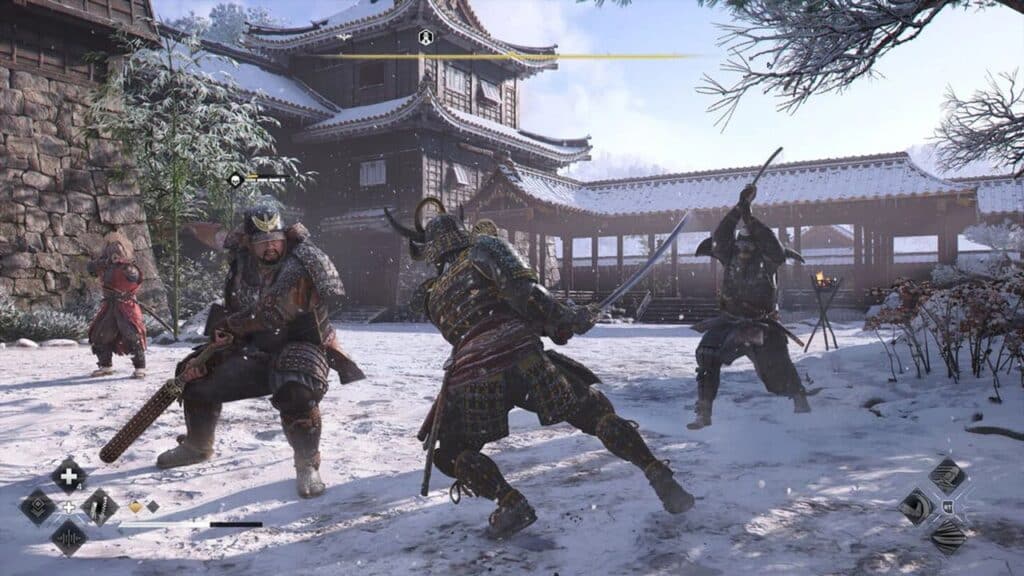
Exploration Feels Expansive but Familiar
Feudal Japan feels huge and alive, with seasons affecting how you explore. Rain washes away footprints, and snow slows movement, adding some variety. But despite these details, the open-world structure sticks to Ubisoft’s usual formula—sync towers, track objectives, clear outposts. Shadows tries to make these systems feel more natural, but they’re still the same at their core.
Instead of relying on direct map markers, missions use an objective board system, where clues guide exploration instead of waypoints. This system sounds immersive, but in practice, it often still leads to marking locations manually rather than truly discovering them. While it’s a step forward, it doesn’t completely move away from the Ubisoft open-world formula.
Assassin’s Creed Shadows delivers meaningful improvements to stealth mechanics and exploration, making Naoe’s playstyle rewarding and tactical. Yasuke’s combat, while fun, feels too powerful, reducing the challenge in many encounters. The objective board system adds some realism, but Ubisoft’s familiar open-world structure is still very much present. Despite some imbalances, the variety in playstyles and the depth of stealth gameplay make Shadows one of the most mechanically refined entries in the series.

Feudal Japan in Motion
Assassin’s Creed Shadows brings Feudal Japan to life with detailed environments, shifting weather, and a strong focus on lighting. The world reacts to the seasons—rain makes surfaces slick, and snow slows movement. These environmental changes add to the stealth mechanics and add to the atmosphere, making the world feel dynamic and reactive.
The outdoor areas really stand out, with a variety of landscapes that make the world feel big and alive. However, some indoor spaces don’t match the same level of polish, and lighting can feel inconsistent in certain locations. There are occasional issues with textures, though they don’t significantly detract from the overall experience.
The soundtrack blends traditional instruments with orchestral elements, fitting the atmosphere of Feudal Japan. While the music complements the setting, some tracks are repeated a bit too often. The Japanese voice acting feels natural, while the English performances can be inconsistent, occasionally lacking the emotion needed to match what’s happening on screen.
Performance is stable, with smooth 60 FPS gameplay. Load times are quick, ensuring exploration remains fluid. While the game generally runs smoothly, there are occasional visual glitches that can break the flow.
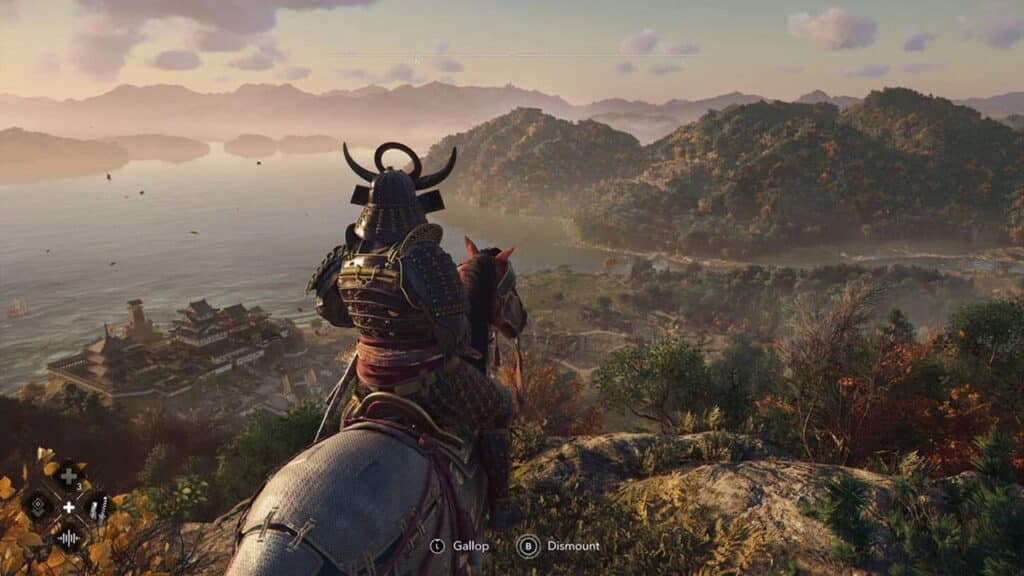
Assassin’s Creed Shadows Evolves the Series with Some Rough Edges
Assassin’s Creed Shadows is an ambitious entry in the series, blending stealth, action, and exploration in a setting that fans have been waiting for. Naoe’s stealth mechanics offer one of the franchise’s best infiltration systems, with clever use of light, movement, and tools to approach missions. Yasuke’s combat, on the other hand, is overwhelming in its power, often making fights feel less challenging and more like a brute-force exercise. While the dual-protagonist system adds variety, one character’s gameplay stands out as more refined than the other.
The world of Feudal Japan is immersive, with shifting weather and environmental changes that affect how you move and plan your approach. While the objective board system aims to reduce the rigidity of Ubisoft’s usual open-world formula, it still feels tethered to old habits, with missions often leaning on map markers. Stealth rewards patience, but combat, especially with Yasuke, feels a bit unbalanced at times. The game’s performance is generally smooth, though minor visual and AI hiccups occasionally pop up.
One of my favourite moments in the game was infiltrating a warlord’s compound as Naoe, sneaking past guards, using the environment to my advantage, and escaping undetected. It was a moment that captured the essence of what makes Assassin’s Creed great.
Whether Assassin’s Creed Shadows is the best entry in the series depends on what you enjoy. If you enjoy tactical stealth, the game delivers. If you’re more into a challenging combat experience, Yasuke’s overwhelming strength may leave you wanting more.
Assassin’s Creed Shadows

Summary
Assassin’s Creed Shadows offers a detailed Feudal Japan setting, with strong stealth mechanics and dynamic exploration. Naoe’s stealth gameplay is well-refined, while Yasuke’s combat, though powerful, can feel overpowered at times. The new objective board system introduces more freedom, but Ubisoft’s familiar open-world structure still plays a large role. While minor visual and AI quirks occasionally surface, the game offers a solid balance of action and stealth for both series fans and newcomers.
As always, remember to follow us on our social media platforms (e.g., Threads, X (Twitter), Bluesky, YouTube, and Facebook) to stay up-to-date with the latest news. This website contains affiliate links. We may receive a commission when you click on these links and make a purchase, at no extra cost to you. We are an independent site, and the opinions expressed here are our own.




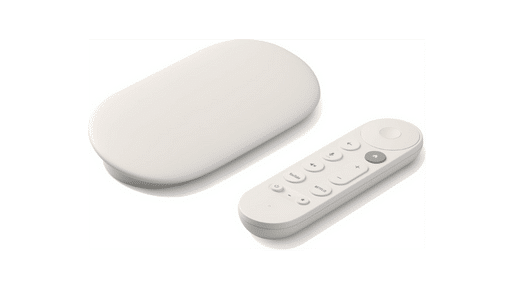

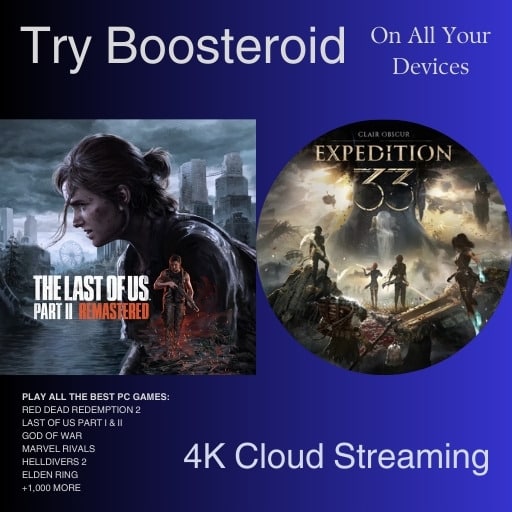


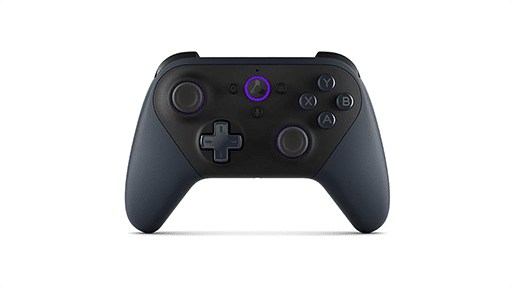

Great review, Jon!